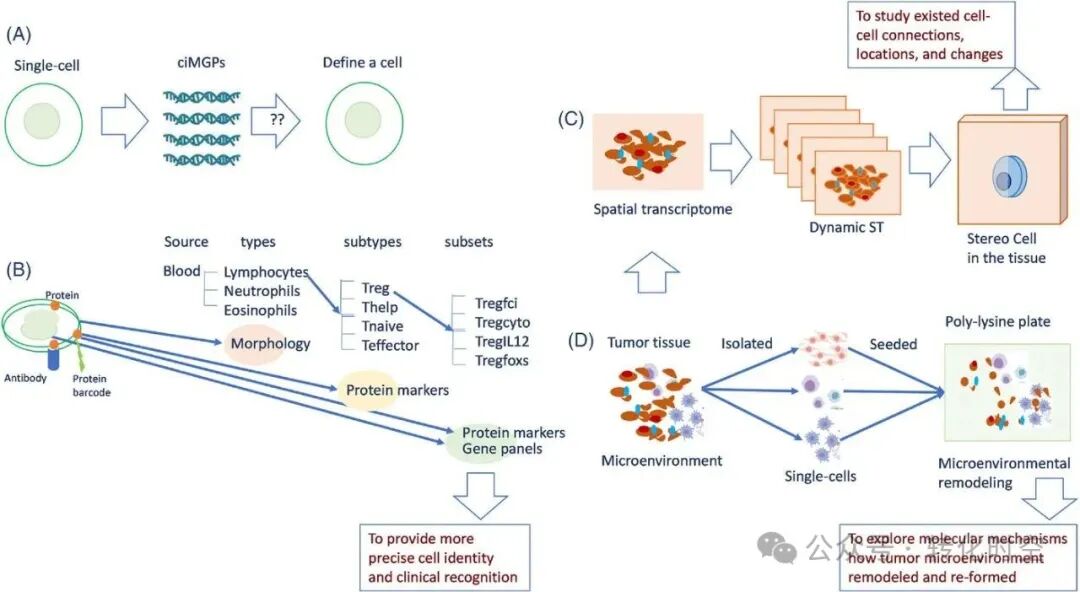Nature:工程化的CRISPR-Cas9核酸酶突变体或可提高基因编辑的效率
| 导读 | 发表于国际杂志Nature上的一篇研究论文中,来自MIT的研究人员发现了一种新方法,该方法可以扩展基因编辑工具CRISPR-Cas9 RNA引导核酸酶的精确性及用途,文章中研究者阐明了切割DNA的Cas9酶类突变体相比常见的Cas9酶类可以更加有效地识别一系列不同的核酸序列。 |
发表于国际杂志Nature上的一篇研究论文中,来自MIT的研究人员发现了一种新方法,该方法可以扩展基因编辑工具CRISPR-Cas9 RNA引导核酸酶的精确性及用途,文章中研究者阐明了切割DNA的Cas9酶类突变体相比常见的Cas9酶类可以更加有效地识别一系列不同的核酸序列。
研究者Benjamin Kleinstiver博士指出,这项研究中我们对此前不能被野生型Cas9修饰的人类和斑马鱼基因位点进行研究,如今利用这种修饰后的Cas9突变体就可以实现上述目标;这就可以帮助研究者对多个基因组中的较大范围的基因位点进行靶向修饰,从而更加精确地修饰DNA序列。
CRISPR-Cas9核酸酶包括Cas9细菌酶和一段由20个RNA分子的核酸链组成,这些RNA分子可以同靶向作用的DNA序列配对,除了RNA/DNA配对之外,Cas9酶需要识别一类特殊的核苷酸序列,名为前间区序列邻近基序(protospacer adjacent motif, PAM),PAM位于靶向DNA附近,Cas9的最常见形式来自于酿脓链球菌中,名为SpCas9,其可以识别PAM序列,在PAM序列中任何核苷酸都会紧随两个鸟嘌呤碱基之后形成,而这就限制了对DNA序列的靶向作用。
文章中,研究者开发了一种工程化系统,该系统可以快速改变SpCas9识别不同PAM序列的能力;在收集了一系列随机的SpCas9突变体后研究者就可以成功鉴别出多种突变组合,从而就可以使得SpCas9更好地识别新型的PAM序列,这些突变体从本质上而言可以加倍利用SpCas9进行靶向基因编辑的位点区域,而且研究者还发现,新型的SpCas9突变体相比CRISPR-Cas9核酸酶而言并不太会诱导脱靶的基因突变。
最后研究者指出,本文研究首次发现SpCas9的活性可以通过蛋白质的直接进化所改变,实际上我们在两种细菌:金黄色葡萄球菌和嗜热链球菌中都发现了Cas9在细菌的进化系统中扮演着重要作用,这就表明我们可以修饰这两种细菌中的Cas9来帮助进行基因编辑。当然后期研究者还需要更多研究来有效改良当前的基因编辑工具,帮助后期进行基因编辑的研究。(转化医学网360zhyx.com)
以上为转化医学网原创翻译整理,转载请注明出处和链接!
转化医学网推荐的原文摘要:
Engineered CRISPR-Cas9 nucleases with altered PAM specificities
Nature doi:10.1038/nature14592
Benjamin P. Kleinstiver, Michelle S. Prew, Shengdar Q. Tsai, Ved V. Topkar, Nhu T. Nguyen, Zongli Zheng, Andrew P. W. Gonzales, Zhuyun Li, Randall T. Peterson, Jing-Ruey Joanna Yeh, Martin J. Aryee & J. Keith Joung
Although CRISPR-Cas9 nucleases are widely used for genome editing1, 2, the range of sequences that Cas9 can recognize is constrained by the need for a specific protospacer adjacent motif (PAM)3, 4, 5, 6. As a result, it can often be difficult to target double-stranded breaks (DSBs) with the precision that is necessary for various genome-editing applications. The ability to engineer Cas9 derivatives with purposefully altered PAM specificities would address this limitation. Here we show that the commonly used Streptococcus pyogenes Cas9 (SpCas9) can be modified to recognize alternative PAM sequences using structural information, bacterial selection-based directed evolution, and combinatorial design. These altered PAM specificity variants enable robust editing of endogenous gene sites in zebrafish and human cells not currently targetable by wild-type SpCas9, and their genome-wide specificities are comparable to wild-type SpCas9 as judged by GUIDE-seq analysis7. In addition, we identify and characterize another SpCas9 variant that exhibits improved specificity in human cells, possessing better discrimination against off-target sites with non-canonical NAG and NGA PAMs and/or mismatched spacers. We also find that two smaller-size Cas9 orthologues, Streptococcus thermophilus Cas9 (St1Cas9) and Staphylococcus aureus Cas9 (SaCas9), function efficiently in the bacterial selection systems and in human cells, suggesting that our engineering strategies could be extended to Cas9s from other species. Our findings provide broadly useful SpCas9 variants and, more importantly, establish the feasibility of engineering a wide range of Cas9s with altered and improved PAM specificities.
 腾讯登录
腾讯登录
还没有人评论,赶快抢个沙发